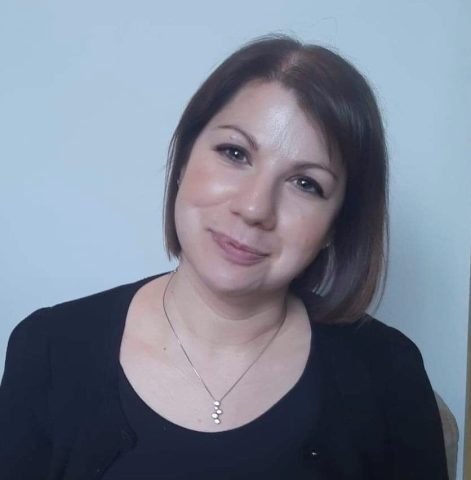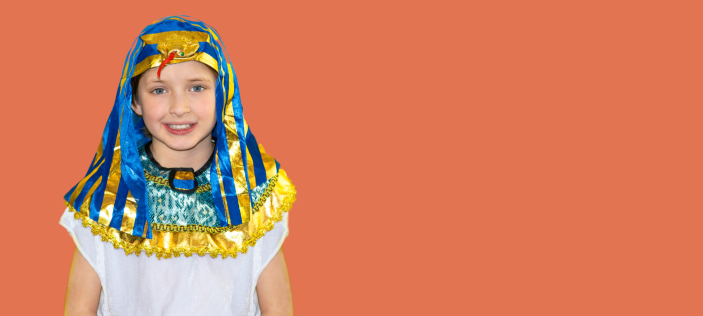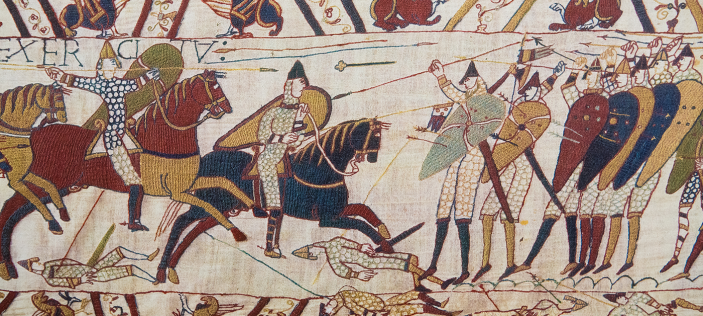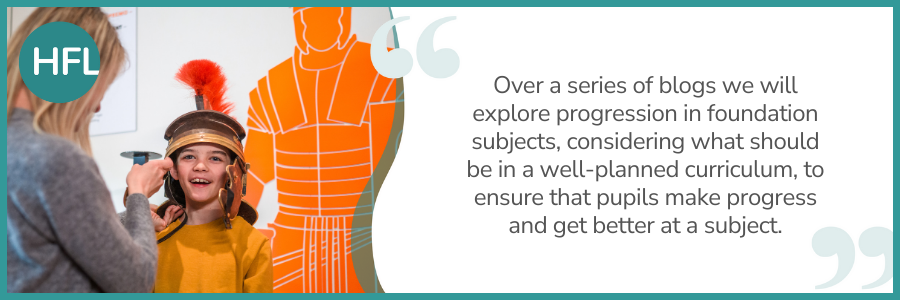
In our work with schools, progression in foundation subjects is a common topic of conversation.
Even when the curriculum for a foundation subject is well-established, with topics and units well mapped, explaining how pupils make progress can seem hard. There could be many reasons for this; it might be we have not fully identified what the most important learning is, why it has been chosen, and how it has been sequenced. It could be that alongside the content knowledge of the subject, we need to further explore the themes and concepts, skills and disciplinary learning that also build – as this is where some of the progress in learning lies.
This is a vast area, and to try to cover it in a single blog might not do it justice.
So, over a series of blogs we will explore progression in foundation subjects, considering what should be in a well-planned curriculum, to ensure that pupils make progress and get better at a subject.
This first blog will set the scene across foundation subjects more generally, before further blogs dive into individual subjects, giving specific examples.
Our overall aim is to support schools when reviewing their curriculum, by considering:
What does it mean to make progress in foundation subjects?
How can we ensure children get better at foundation subjects, as they move through the school?
The often-used phrase ‘the curriculum is the progression model’ suggests that if the curriculum is well-planned, then by moving through the curriculum pupils are making progress: They should know more, remember more and be able to do more.
If the curriculum is the progression model, then getting the curriculum ‘right’ – the components and the composites – is essential for pupils to make progress as intended.
I might stick my neck out at this point and say that I don’t think there is one single perfect curriculum for any subject. Schools are not carbon copies of each other, and so neither should their curriculums be. I strongly believe that, without necessarily needing to reinvent the wheel, each school should make context-specific choices to ensure that their pupils experience and move through the curriculum that is right for them.
There is another blog that looks at this as a theme: The moral imperative: creating a curriculum that develops identity, broadens horizons and enables success for all
Returning to progression; in the Ofsted publication ‘Inspecting the curriculum’ published in May 2019, Paragraph 5 has the now well-known phrase:
‘The end result of a good, well-taught curriculum is that pupils know more and are able to do more.’
Inspecting the curriculum: Revising inspection methodology to support the education inspection framework, Paragraph 5
This is a helpful point: if pupils are making progress in their learning they should know more and be able to do more. In order to explore what pupils should know more about and be able to do more of, let’s turn our focus to what makes up a subject.
The learning within each subject is layered. There is often a content layer, which might also give us our topic or unit titles. There are also layers underpinning this, of concepts, threads or pillars, which go across the topics/units, and through being revisited, the understanding of which grows and deepens. There is also a disciplinary layer to each subject – how the expert in that field works and thinks, what they do and how they behave. Understanding the disciplinary side of each subject is also part of the learning and should also be mapped, so that it can also progress and deepen over time.
We might start by mapping the topics or units to be taught. This top level often gives us the content coverage. In history this might include topics such as ‘The Roman Empire and its impact on Britain’. In art and design, we might focus a unit of work on the artist Joan Miró.
These topics or units are often underpinned by further mapping and progression documents, as we aim to set out how pupils will get better at the subject. We might map the concepts and/or threads and how the learning progresses and deepens. We might also map the disciplinary learning, to ensure that repeated, helpful encounters also enable the disciplinary understanding to deepen over time.
To support this thinking, we have begun developing diagrams with ‘layers’ for each subject. Two of these are explored below for history and art.
Learning in primary history
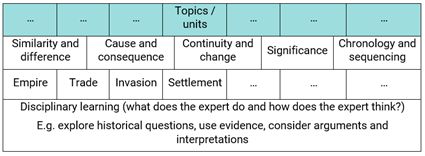
Within primary history, topics or units usually focus on time periods (British and the wider world), significant people, themes and events. Some of these are specified by the national curriculum, particularly at KS2. The top level in the diagram above shows this topic/unit layer. In history, the title might also indicate the content to be covered, such as ‘Ancient Greece’.
These topics or units should then be underpinned by a focus on historical concepts such as ‘similarity and difference’. When studying the content of a topic or unit it should be framed within these historical concepts so that pupils can articulate, for example what stayed the same and what changed, or why it was significant. This is the second layer shown in the diagram above.
Over several units of learning in history, pupils should repeatedly meet the concepts of cause and consequence, continuity and change. These repeated encounters will become increasingly complex. Moving from what changed or stayed the same, to exploring the how and why.
The next level in the diagram is referred to in the national curriculum as ‘abstract terms’. These threads might include ideas such as ‘trade’, ‘empire’ or ‘settlement’. There are many to choose from and schools select them, depending on their curriculum, school context and the needs of their pupils. These threads are another way to allow learning to spiral and deepen over time. Pupils should develop a rich schema built around the school’s selected threads by revisiting them over several topics or units of work, and each time, from a new angle or perspective, to deepen thinking.
This should all also be underpinned by the disciplinary learning; the opportunities to think and behave like a historian. This might include exploring historical questions, using evidence, considering arguments and interpretations. Pupils’ disciplinary learning should also progress and deepen. This might be in the types and range of evidence encountered, or in the understanding the nuance of different accounts of the same event.
So, to make progress in history, pupils need to gain the (content) knowledge set out, build an understanding of the concepts and threads, and develop their understanding of how a historian thinks and works. Considering these layers when mapping, using the diagram above, alongside the national curriculum for history, is probably a good place to start.
Learning in primary art and design
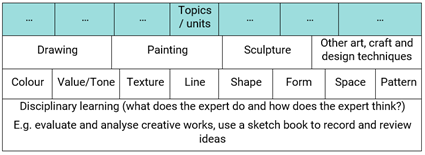
Within art and design, the national curriculum sets the focus for media and techniques as; drawing, painting, sculpture and other art, craft and design techniques. In naming drawing, painting and sculpture, they appear indicate the status of these. At KS2 it also refers to improving ‘their mastery of art and design techniques, including drawing, painting and sculpture…’
When mapping learning, specifying which one or more of these media and techniques a topic or unit is developing helps us to ensure that across the whole curriculum the planned content allows learning to build and progress. The exact learning focus can also be pinpointed to ensure that the most important learning and its order are identified.
The next layer in the diagram above is the threads, often called the elements of art, such as colour, shape and line. In the national curriculum at KS1, pattern features within these, but value/tone does not. So, for the purposes of the diagram, both have been included. It is within the aims of the national curriculum that pupils use ‘the language of art, craft and design techniques’ and having the elements of art as threads through the curriculum enables this.
Pupils also need to develop their disciplinary understanding, including knowing ‘about great artists, craft makers and designers’ and having the knowledge and understanding to evaluate and analyse creative works and to use a sketch book to record and review ideas.
To map how learning progresses in art and design, as well as mapping the topics or units, we might also map the media and technique being developed, specifying the important learning to be gained and how this builds, and the elements of art which best fit with this, so that the schema around the elements of art is developed. Finally, we might also map the disciplinary learning and how this progresses.
In summary, to answer our original question; what should be in a well-planned curriculum, to ensure that pupils make progress and get better at the subject?
As well as planning the topics or units (that identify coverage of content), we should, and many school already do, map how the learning within the concepts of that subject progresses and how threads are built up across topics, so that children develop their schemata – making connections. Disciplinary learning should also be mapped, so that children develop their ‘thinking like the expert’ over time.
Looking at this as layers (using the diagrams above) might help us clarify what is being mapped, how and why - for each layer, asking, ‘Have we identified the most important learning and how this will build?’
When mapping, leaders might want to consider;
- What is the intended residual learning from this topic or unit (what must be remembered)?
- What is the key learning (as knowledge and skills) that pupils are taking with them on their journey through this subject?
- Where and how will this learning connect to other learning?
- What learning is needed at this stage for future learning to be successful?
And, for each of these questions, looking beyond the coverage of content to also map the concepts, threads and disciplinary learning for the subject.
If the mapping described above is in place, and we can answer the questions, then we should be able to say that by moving through the curriculum pupils are making progress. I think this is what we mean when we say that the curriculum is the progression model.
In subsequent blogs we will take a deeper look into individual subjects, unpicking these ideas in further detail.
